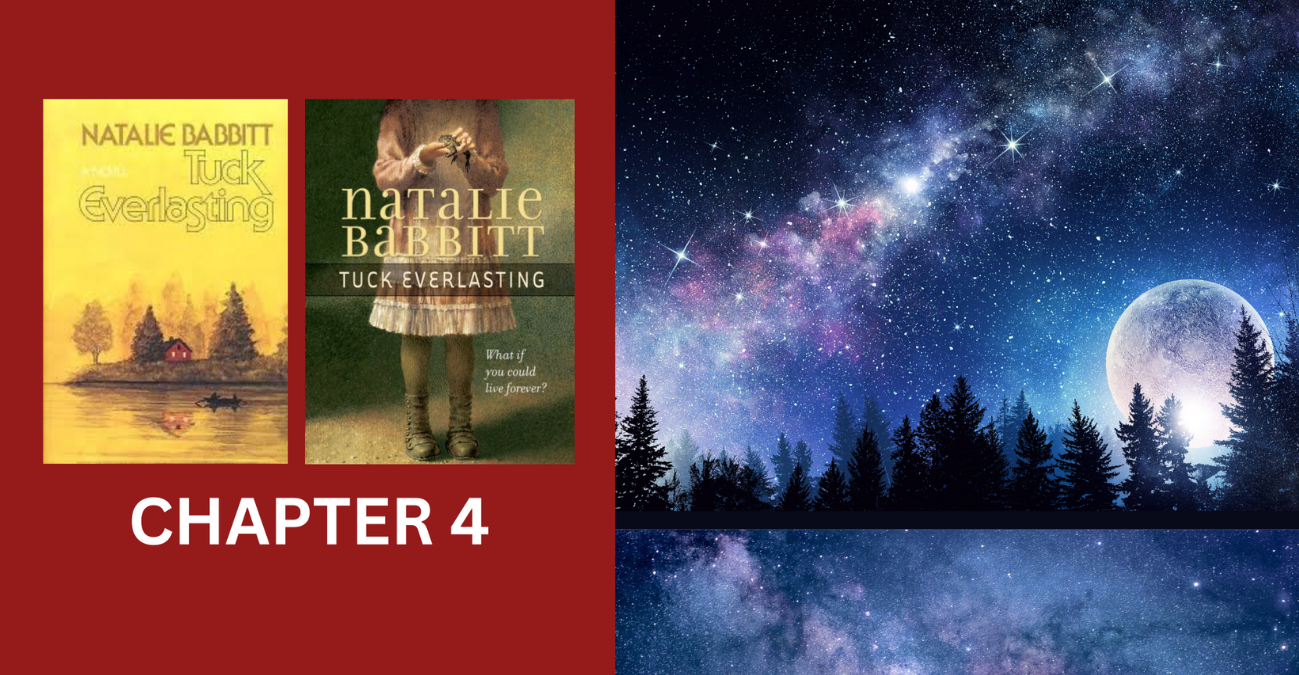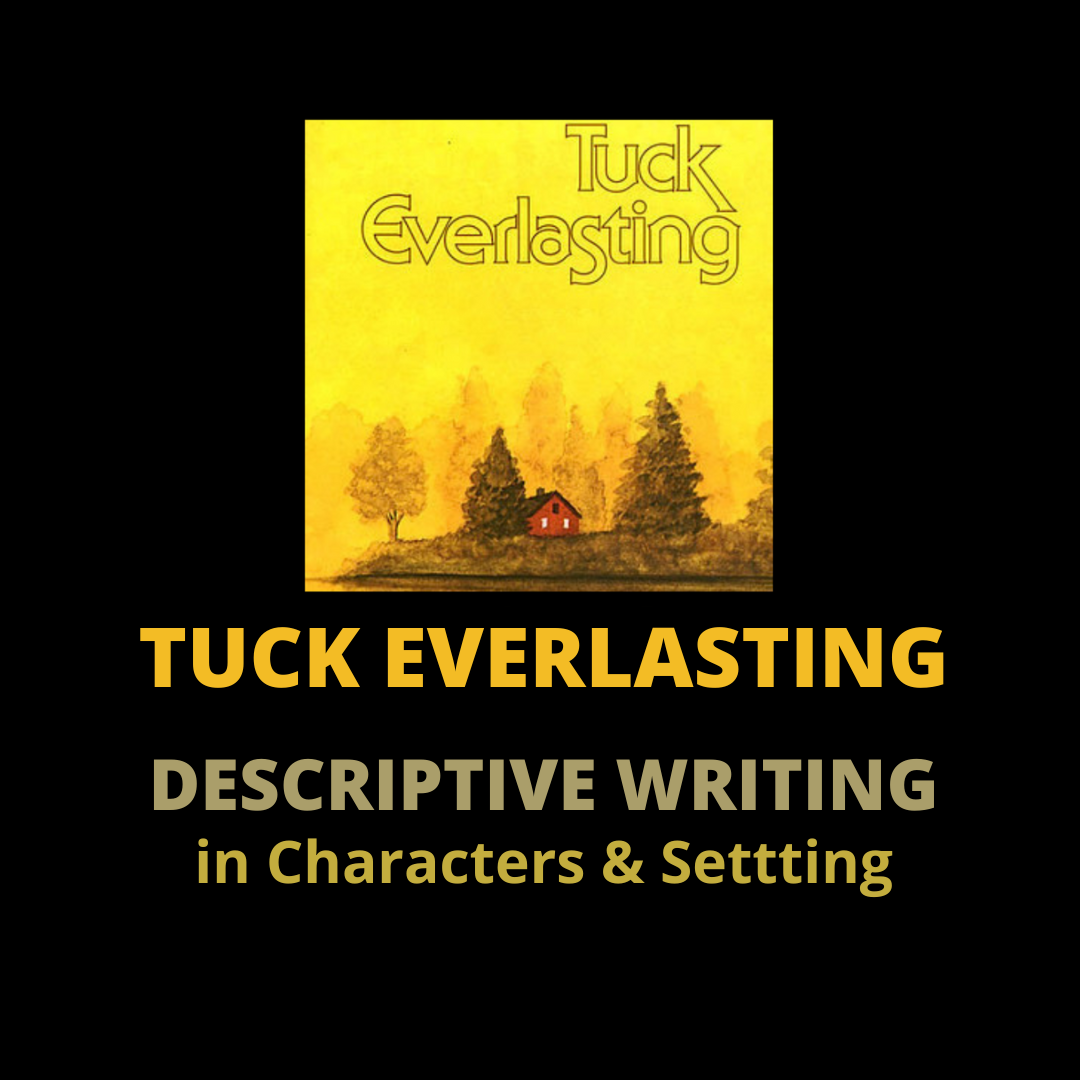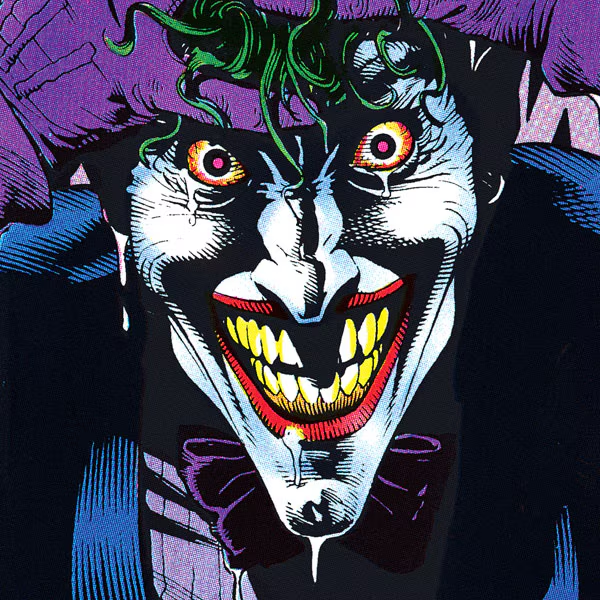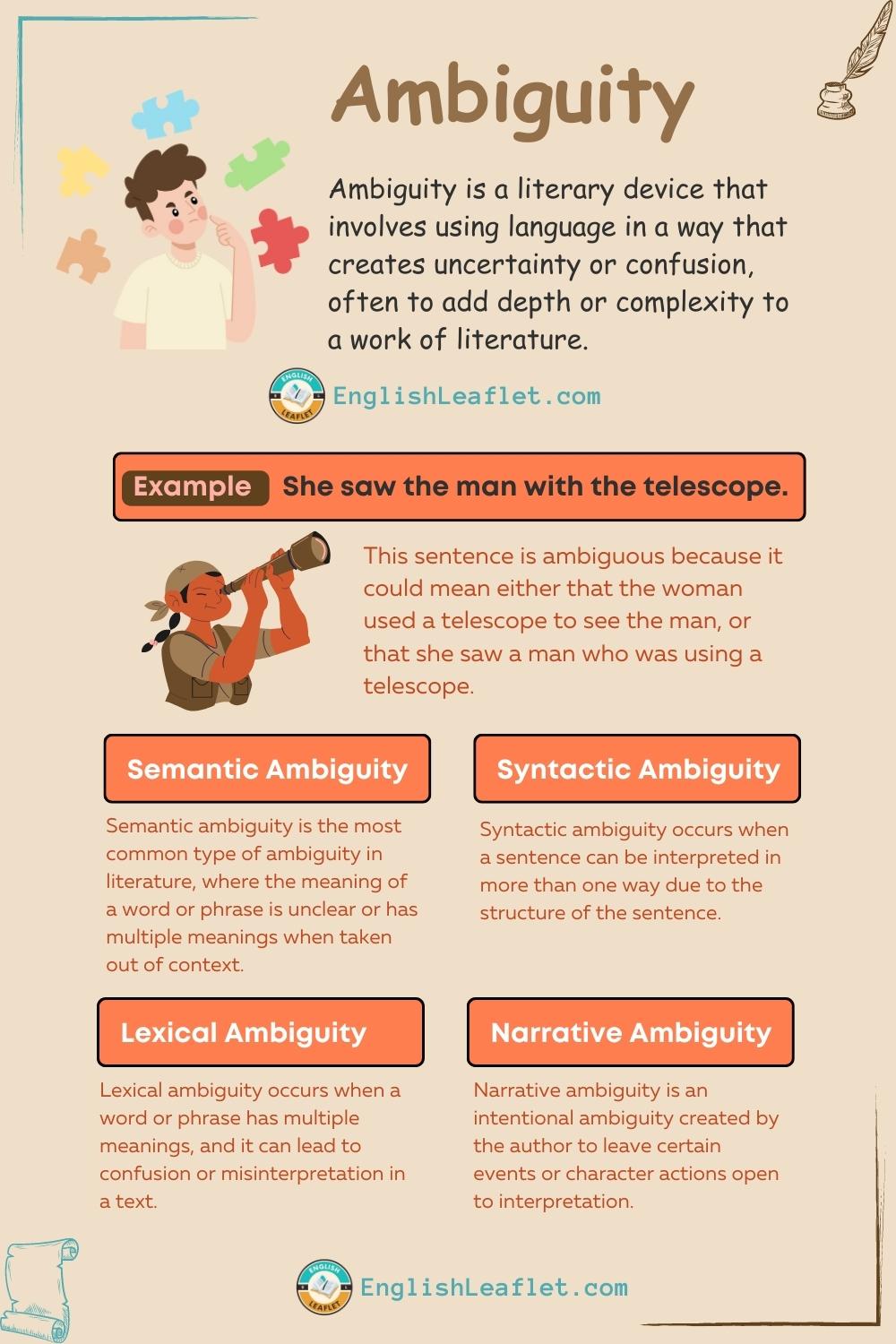
Chapter 4 of Tuck Everlasting deals with the literary theme of Darkness Versus Light.
Not surprisingly, this chapter takes place during the Evening — the Dark Time of Day, but right away, we realize that Winnie is catching fireflies–an actvity that introduces light into the darkness. She is not a dark character. Like a firefly or a star, she reflects a bit of light in the darker Treegap community where she lives.
I have said this before, but I feel sure that Natalie Babbitt was heavily influenced by Ray Bradbury’s Something Wicked This Way Comes, which we’ll study together beginning October 1. Both books begin with a Prologue that states the month about which the book takes place. Both books are about the Seasons of Life. Both books contrast darkness and light, and in both books, a stranger comes to town. In Something Wicked This Way Comes, the stranger is Tom Fury, the Seller of Lightning Rods.
Something Wicked This Way Comes Chapter 1 Arrivals – Characters
The Man is the Yellow Suit is the Stranger Who Comes to Treegap.

Description of the Man in the Yellow Suit
“He was remarkably tall and narrow, this stranger standing there. His long chin faded off into a thin, apologetic beard, but his suit was a jaunty yellow that seemed to glow a little in the fading light. A black hat dangled from one hand, and as Winnie came toward him, he passed the other through his dry, gray hair, settling it smoothly.
“..with long, thin fingers. His tall body moved continuously; a foot tapped, a shoulder twitched. And it moved in angles, rather jerkily. But at the same time he had a kind of grace, like a well- handled marionette. Indeed, he seemed almost to hang suspended there in the twilight. But Winnie, though she was half charmed, was suddenly reminded of the stiff black ribbons they had hung on the door of the cottage for her grandfather’s funeral.” Babbitt, Tuck, pgs, 18-19.
The fact that the man in the yellow suit is dressed in yellow–as opposed to black is curious. But regardless of his clothing, he acts suspiciously,
When the grandmother, Winnie, and the stranger hear the music box in the air, a sense of magic is added to the scene:
“For, through the twilight sounds of crickets and sighing trees, a faint, surprising wisp of music came floating to them, and all three turned toward it, toward the wood. It was a tinkling little melody, and in a few moments it stopped. ‘My stars!’ said Winnie’s grandmother, her eyes round. ‘I do believe it’s come again, after all these years!’ She pressed her wrinkled hands together, forgetting the man in the yellow suit. ‘Did you hear that, Winifred? That’s it! That’s the elf music I told you about. Why, it’s been ages since I heard it last. And this is the first time you’ve ever heard it, isn’t it? Wait till we tell your father!’ And she seized Winnie’s hand and turned to go back into the cottage.” Babbitt, Tuck, pg. 20.
The grandmother exclaimed about the sound of the music: “My stars!” Like the fireflies, the sound of the music box is a bit of light on a dark night.
When Winnie and her grandmother went inside the house, the Man in the Yellow Suit remained outside in the darkness, until the Moon rose and revealed him.
[Note the Word Painting inthe Following Passage]
“But the man in the yellow suit stood tapping his foot in the road for a long time all alone, looking at the wood. The last stains of sunset had melted away, and the twilight died, too, as he stood there, though its remnants clung reluctantly to everything that was pale in color—pebbles, the dusty road, the figure of the man himself—turning them blue and blurry. Then the moon rose. The man came to himself and sighed. His expression was one of intense satisfaction. He put on his hat, and in the moonlight his long fingers were graceful and very white. Then he turned and disappeared down the shadowy road, and as he in the moonlight his long fingers were graceful and very white. he whistled, very softly, the tinkling little melody from the wood.” Babbitt, Tuck, pg. 21.
The scene in which the moon rose and cast light on the shadowy stranger is brilliant. The man seems almost ghostly:
“…in the moonlight his long fingers were graceful and very white.”Babbitt, Tuck, pg. 21.
Again, the Man in the Yellow Suit is confusing. When he smiles and whistles, we might presume that he is a happy, positive character of the light, but remember that the Joker in Batman smiled:

Image Credit; DC Comics dc.com
The Man in the Yellow Suit is still ambiguous in Chapter 4.
But Babbitt provides the reader with a hint by saying that the Man in the Yellow Suit wears a black hat.

Especially established in Hollywood Westerns, the good guys wear white hats The bad guys wear black.
Reasons that Authors Might Use Deliberate Ambiguity in Their Texts:
“Authors use deliberate ambiguity, or intentional ambiguity, to create multiple meanings in a text, which can enrich the narrative and engage the reader. This literary device can challenge readers to interpret the text more deeply, explore different possibilities, and add their own perspective. Ambiguity can also create a sense of uncertainty, challenge conventional wisdom, or intrigue the reader.” Google ai

“The use of ambiguity can force readers to engage more closely with the text and consider multiple interpretations of a given passage or work as a whole. This can create a sense of tension or mystery that draws readers in and \encourages them to think critically about the themes and ideas presented in the work.” English Leafet
I often talk about my fascination with the moon. The moon itself is an ambiguous, enchanting type of light. The sun glares–The moon intrigues.

Pale Mystic Moon
by Jacki Kellum
Pale Mystic Moon,
Hazy, Milky Magic:
Mostly Cornstarch,
Kissed by Honey,
Whispers in the Dark.
Copyright Jacki Kellum October 14, 2015
The Donkey’s Song Is A Picture Book about the Dark versus the Light
Discover more from Jacki Kellum
Subscribe to get the latest posts sent to your email.